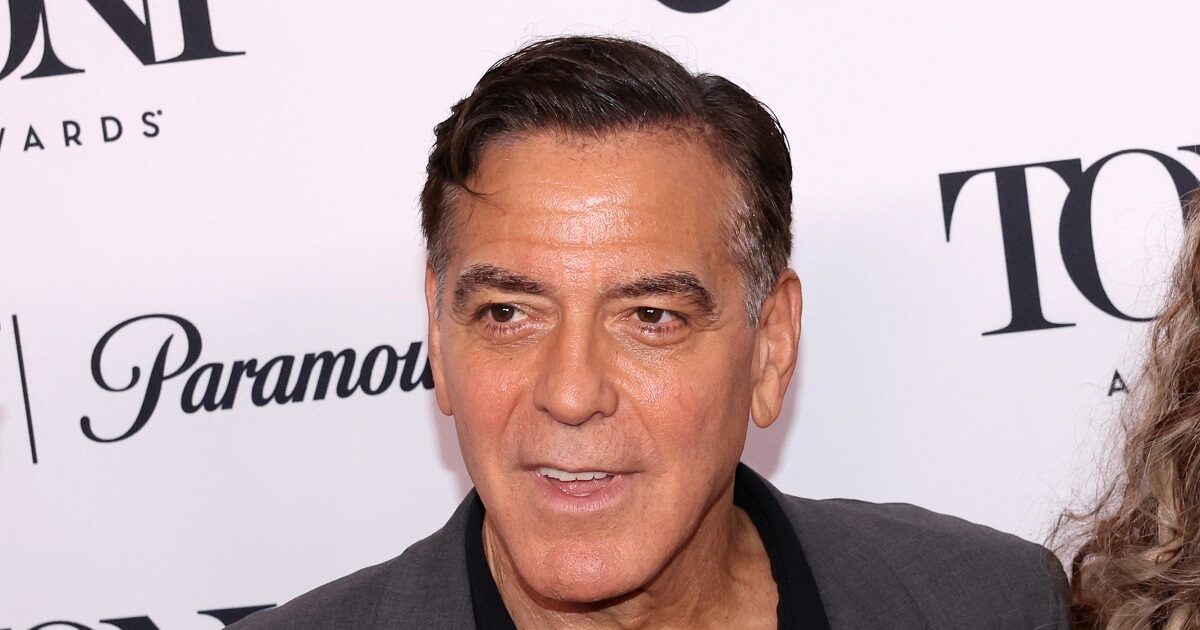Hollywood’s famous protagonist, George Clooneyfor years he has been reminded of at every opportunity, that he is a supporter of the return of their Parthenon sculpture in Greece and did it once again …
“We will continue to push until it happens,” George Clooney said of the Parthenon sculptures, referring to himself and his wife and human rights lawyer Amal Clooney, despite the fact that British law prohibits the removal of the 19th century.
In the midst of talks between the Greek government and British Museum President George Osborn on the future of the 2,500 -year -old marbles, the actor said with confidence that they would return to Greece.
In an interview with the newspaper “Ta Nea”, cited by the Daily Mail, Clooney allegedly said: “They will come back. I know they will come back. “
And added: “My wife and I have worked to return the Parthenon marbles to Greece. We will continue to push until it happens. There is no doubt about it. “
George Clooney says he will ‘keep pushing’ to return Elgin Marbles to Greece
Visit https://t.co/YOyF9ABAgj https://t.co/PaiF1zTBQe— Scottish Daily Mail (@MailOnlineScot) May 18, 2025
Clooney for the first time expressed his support for the Marble’s return scenario to Greece at least a decade ago.
During a trip to Berlin in February 2014 to promote the movie “The Monuments Men” – a movie about the allies’ efforts to return the looted Nazi treasures to their real owners – Clooney said that the Parthenon sculptures should return to Greece. “It’s the right thing to do,” he said.
The actor’s comments caused the criticism of then London Mayor Boris Johnson, who suggested that “one must urgently restore George Clooney’s marbles”.
He added that Clooney “supports nothing less than the Hitler agenda for London’s cultural treasures”, referring to the Nazi plans to plunder the British Museum during World War II.
Clooney later rejected Mr Johnson’s comments as a “exaggeration that was flushed with some whiskey”.
At that time, Clooney’s wife was among a group of experts who advised Greece on possible legal choices to pursue the return of the Marbles. Their tips, described in detail in a 600 -page report, were not eventually adopted by the Greek government.
However, he was later published as a book entitled “Who does History belong?”, Which Mrs Clooney described as a “strong cry for justice”. She praised the work to formulate “the case for the reunification of the Parthenon marbles in Athens once and for all”.
The latest statements by her husband and Hollywood Astera took place last week in New York, where Clooney starred in the cover of “Good Night, and Good Luck” in Broadway, of the 2005 film, which he also directed and signed.
According to reports, Clooney recently told Janet Suzman – the President of the British Commission to reunite the Parthenon marbles – that “the Parthenon sculptures must be returned to their original owner”.
Earlier this year, he wrote to Suzman, saying: “There are many historical objects to be returned to their original owners, but none are more important than the Parthenon marbles.”
Despite the ongoing talks between Greek ministers and the former finance minister, Mr Osborne, there is no immediate solution to the ongoing controversy.
The British Museum is prevented by the 1963 British Museum Law from allocating the artifact in its collection, which means that at best could offer Greece a temporary loan. Greece is unlikely to agree on this, as any loan would require legal recognition of the ownership of the British Museum according to the Daily Mail.
Statues of the fifth century BC. They have been housed in the British Museum since 1817, after being removed from the Church of the Parthenon to the Acropolis by Thomas Bruce, the 7th Count of Elgin, then ambassador to the Ottoman Empire.
In their online statement, the administrators of the British Museum say that Elgin acted with full knowledge and permission of the legal authorities of the time both in Athens and London.
“The sculptures exposed to London carry a huge public benefit as part of the museum’s global collection,” they add.
The statement reiterates that Greece has never asked the administrators to lend the Parthenon sculptures, “only to permanently transfer all the sculptures under its care in Athens.”
